Pedalling thoughts on Paper
How to be a Great Track Cycling Sprinter

In this video, World Champion Track Cyclist, Kerrie Meares shares her secrets on how to become a great track sprinter... and it requires more than just pedalling fast.
Kerrie will share with you...
...Welcome to the Team... Shane Perkins!
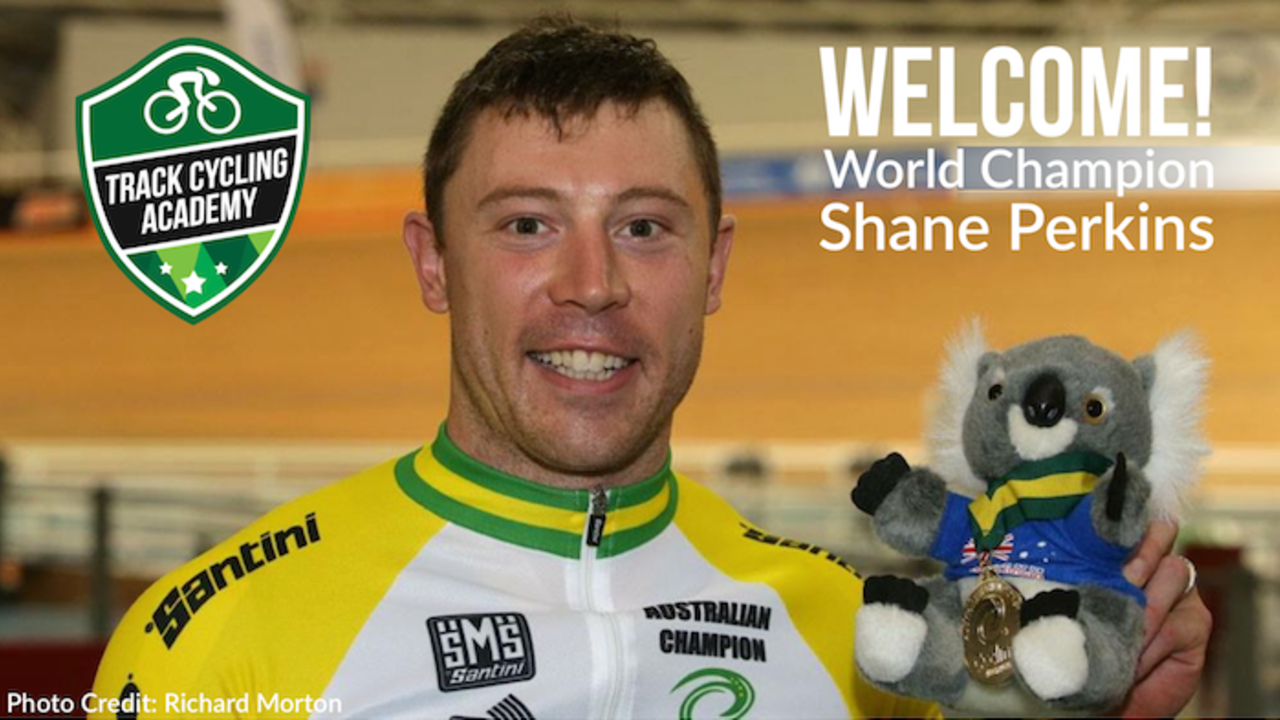
It is with great excitement that today, we announce and welcome a new member to the Track Cycling Team...
World Champion Shane Perkins!
- Keirin World Champion
- Olympic Bronze Medalist
- World Champi...
Why is Testing in Track Cycling so Important?
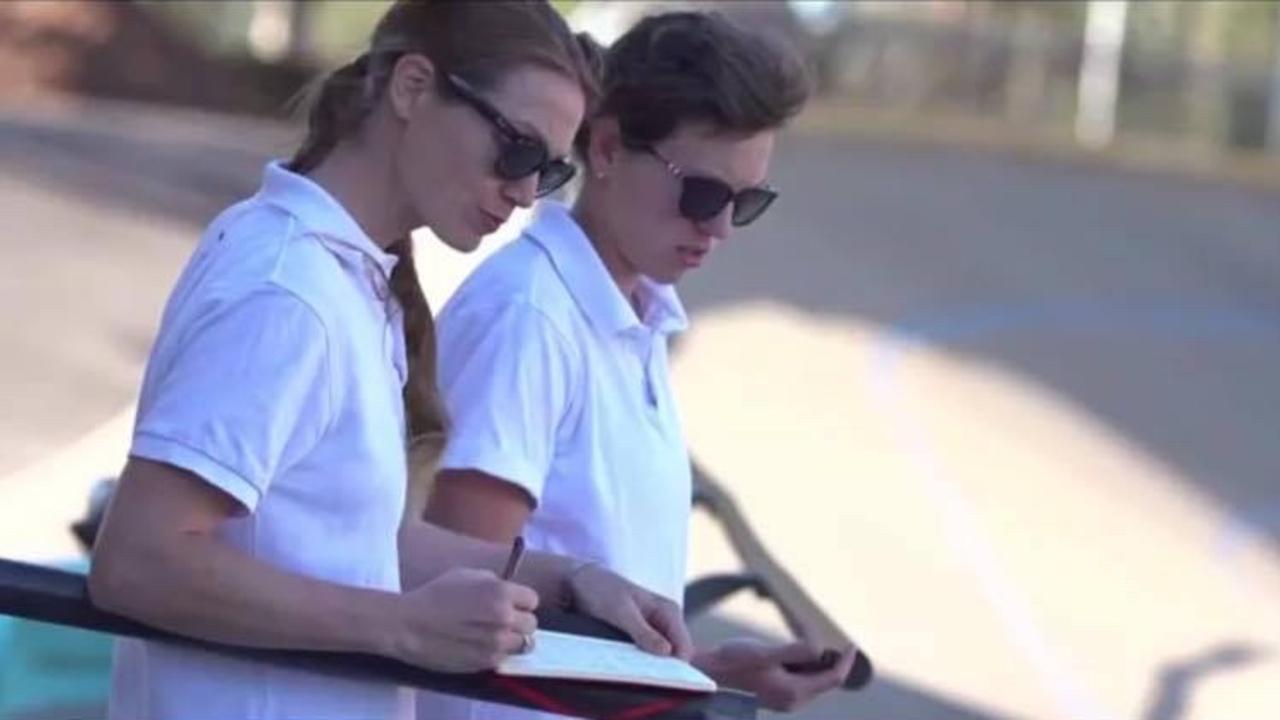
To truly reveal an athlete’s capabilities, limits must be tested.
Testing = Measurability
Without testing, how will you measure improvement?
Without testing, how will you work out strengths and wea...
How to Motivate Yourself After a Big Cycling Event
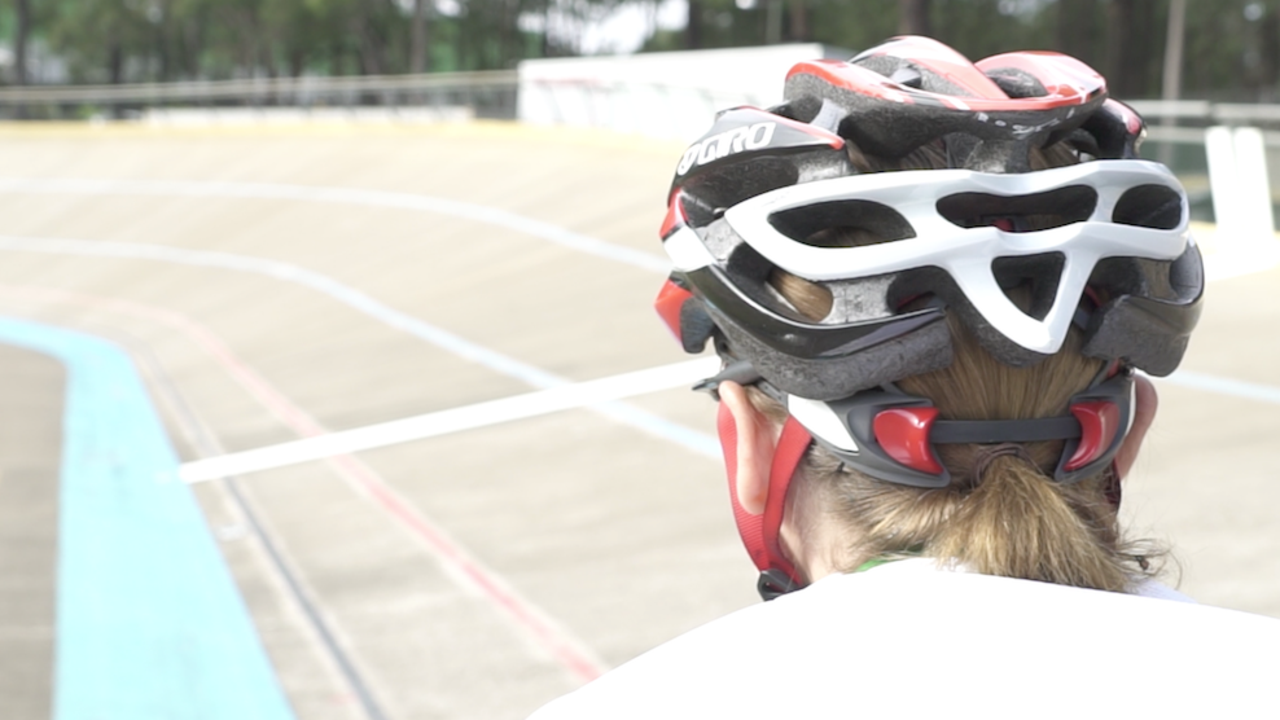
Have you trained hard all season...?
Recently competed at a big event...?
...and now find yourself pondering the sport and your ongoing commitment to it?
If so, you’re not the only one!
Whether yo...
6 Tips to Cycle Faster!

Do you get overwhelmed with all the information on the internet about how to cycle faster?
We don't blame you!
With so many programs, coaches, techniques, tips, strategies and equipment floating aro...
3 Reasons Why Trackies Ride Hills

Whether you love or hate riding hills, they have a purpose for not only endurance track cyclists, but also sprinters.
We're going to explain the 3 main reasons why we incorporate hill training into o...
Why Learning How to Cycle on Rollers is SO IMPORTANT

Learning to ride the rollers is definitely not as easy as one thinks!
It’s actually quite difficult and can take a fair amount of time to learn to ride them extremely well (at least a few months of ...
Ride Faster with Cycling Aerodynamics

Wind resistance is a barrier that every track and road cyclist - or any cyclist in general for that matter - has to overcome.
Whilst the human body is not very aerodynamic in it’s natural shape, many...
Recovery Methods for Cyclists
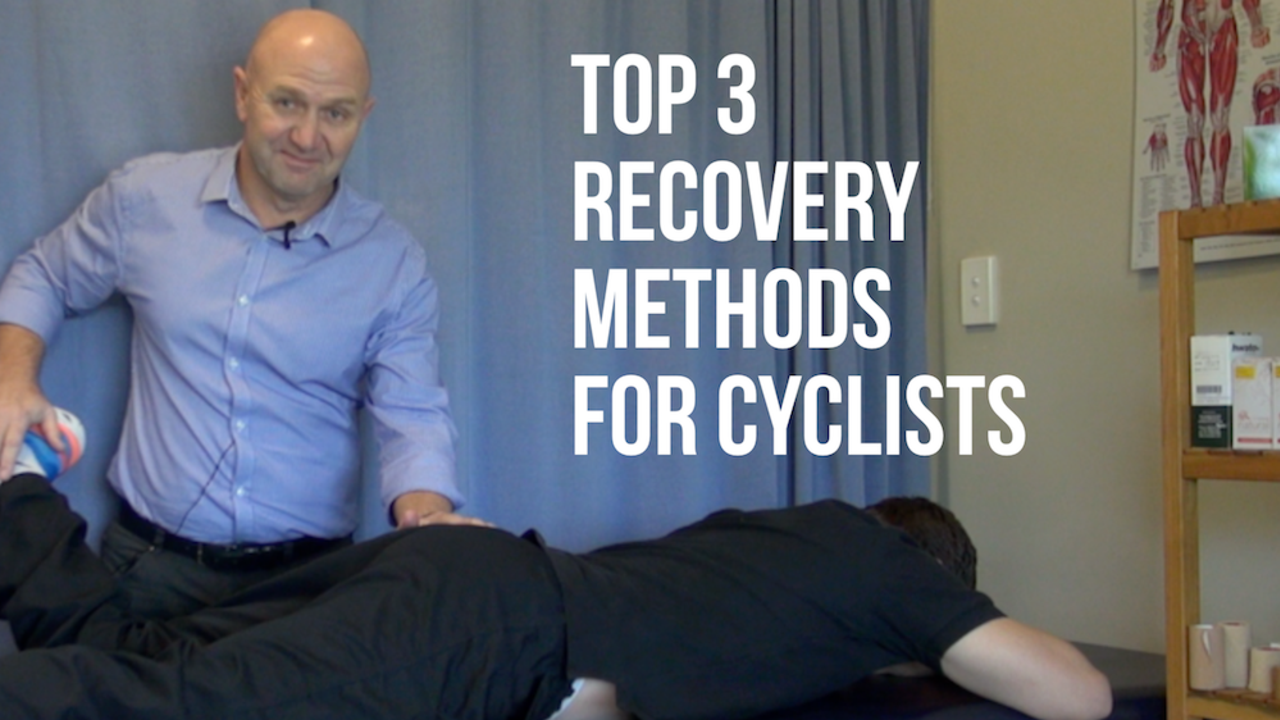
What are the best recovery methods for cyclists?
We're excited to introduce to you our Injury Prevention Coach and Physiotherapist Mark Stokes!
Mark worked with us both when we were on the Australia...
Periodised Programming for Cyclists
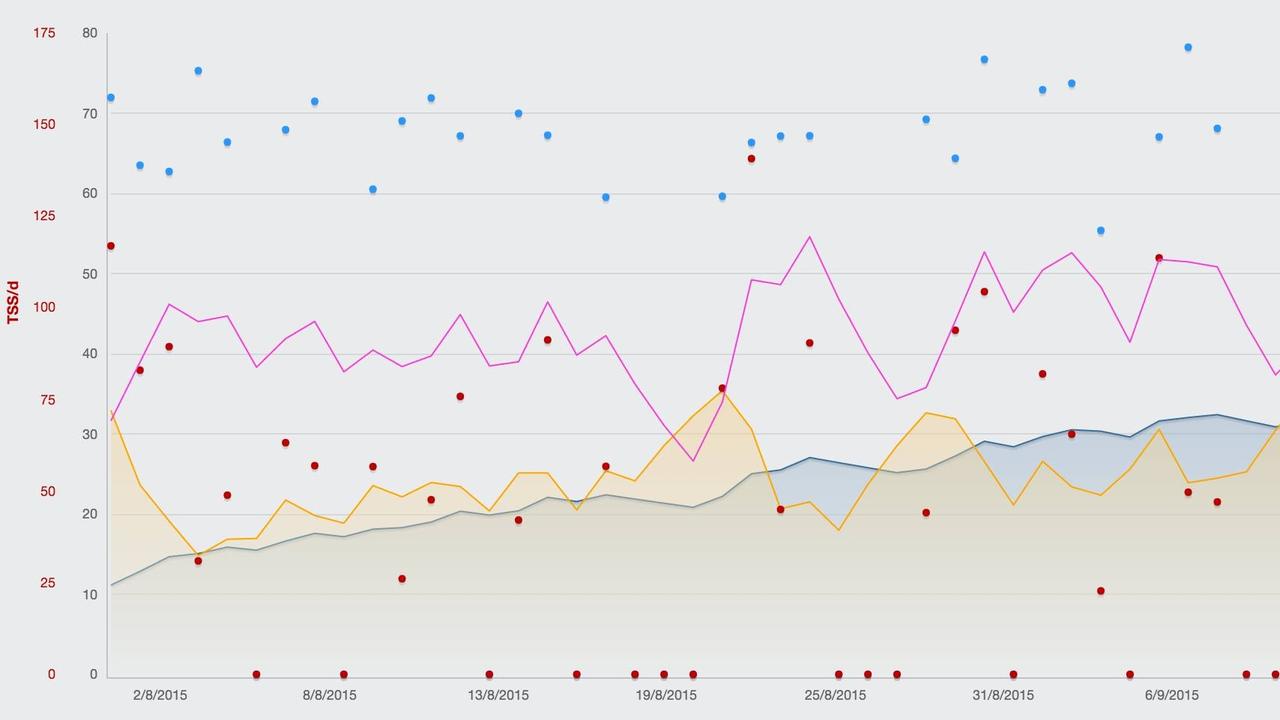
Do you realise the IMPORTANCE of Periodised Programming for your cycling development?
Having a periodised training program that specifically prepares you for your major season goals is CRUCIAL and is...

